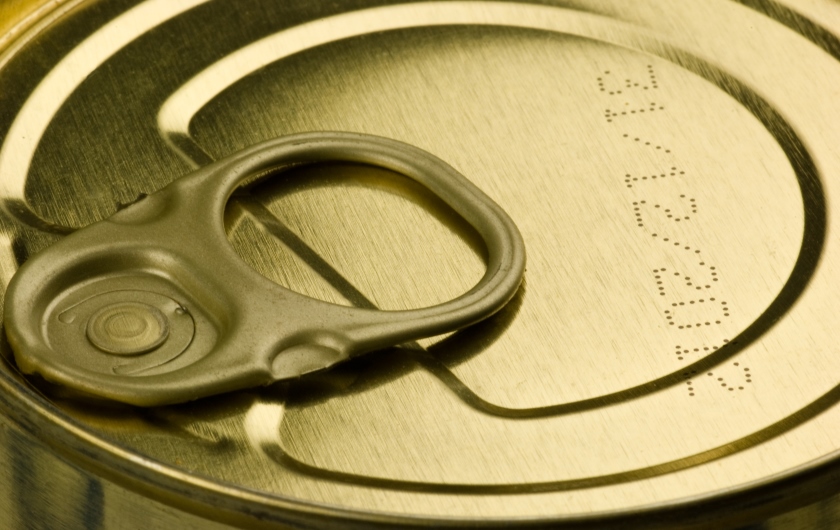Which product is the better deal? Use these tips and tricks to find out
By Matt Smith
Fliers can give you a good idea of the different prices at different stores, but what about when you’re comparing two different brands in the same aisle? Or two different sizes of packaging for the same item?
A bit of basic arithmetic can help you make quick comparisons and smart buying decisions, and the following tips can help maximize your savings and minimize your frustration. To simplify and speed up your calculations, round prices to the nearest dollar or dime (for example, $3.48 becomes $3.50); you can also round the number of, say, freezer bags in a box up or down for quicker computation and easier comparisons (48 to 50, or 42 to 40).
Buying in bulk always gets you the best savings, so it’s generally best to stock up on nonperishable items as much as you can. When buying in quantity, base your pricing comparisons on the price per unit—that is, every use or serving of the product. Divide the total price of the package by the number of units and compare those.
Some stores (especially supermarkets) make this easier by displaying the price-per-unit of bulk items in small print on the price tag (for example, $.32 per 100 mL). The unit of measurement can vary among different brands, however, so you need to be careful to ensure that you’re actually making an apples to apples comparison.
It’s also important to bear in mind that some products can’t always be compared 1:1. For example, not all laundry detergent is at the same concentration, so you should compare the number of loads as quoted on the packages rather than the weight or volume.
You’re not stuck doing all these calculations in your head, of course. If you carry a cellphone with you, don’t neglect the power of its calculator function!
Savvy shoppers can also make use of one of the many price-comparison apps available. Some, such as Unit Price Comparison (Android) and CompareMe (Apple), are dedicated to comparing the unit price between products—even if they’re not measured the same way.
Others make it easier to make the choice between brick-and-mortar and online retailers. Barcode scanning apps such as ShopSavvy and Barcode Scanner allow you to compare product prices with those at other local stores and online.
There are numerous websites dedicated to price comparison, as well, letting you thoroughly do your research before you even head out the door.
Photo: iStock/vgajic.






